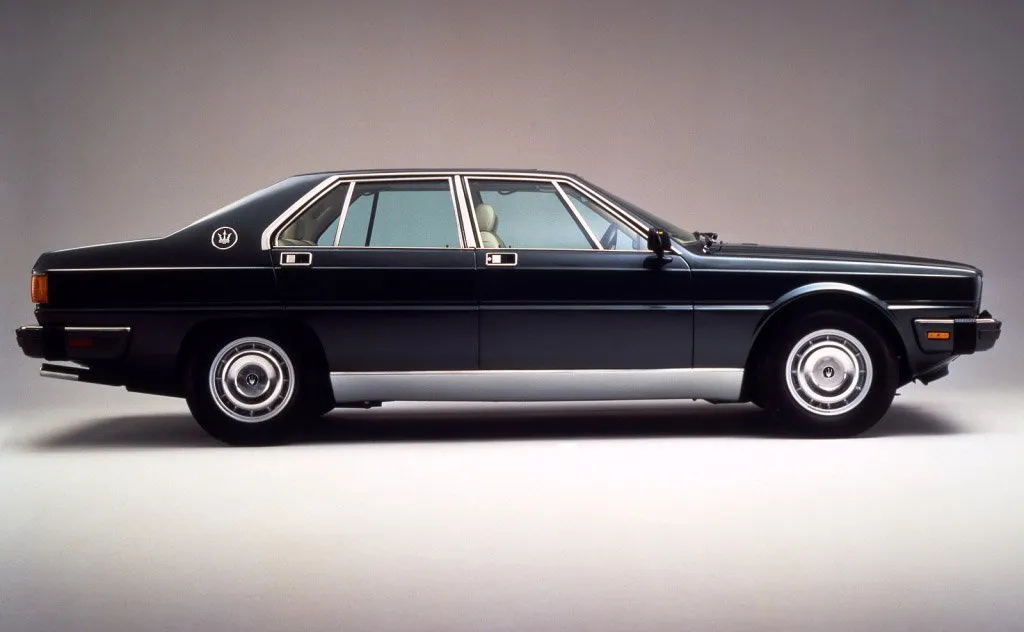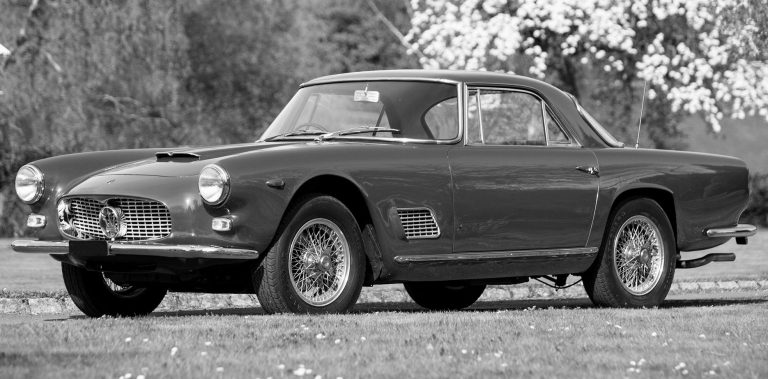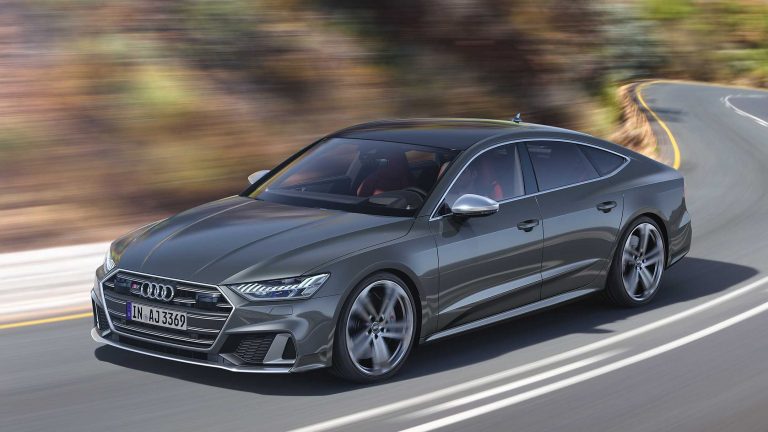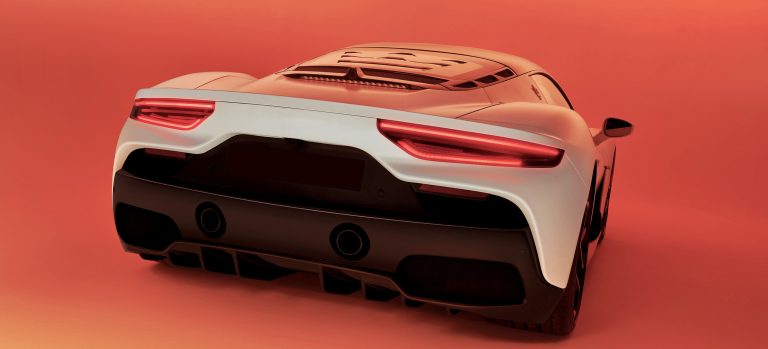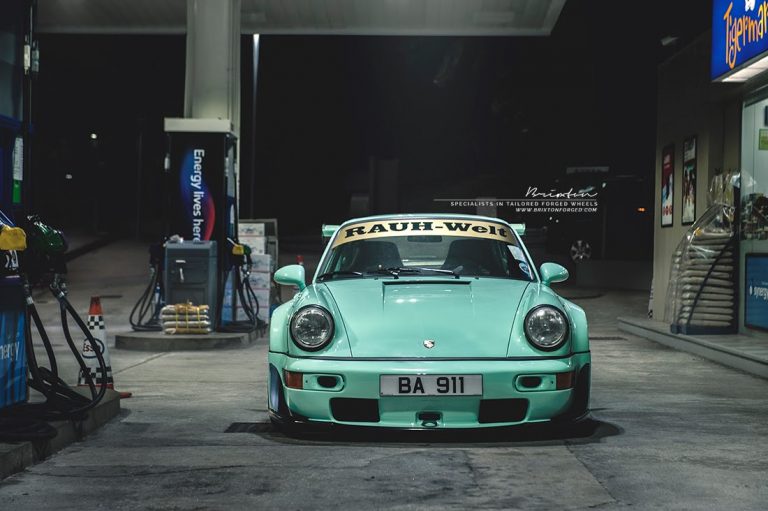1980 Maserati Quattroporte – The Hand Made’s Tale (Quattroporte III)
For almost 60 years, Maserati have been synonymous with luxury four-door sedans. It has widely been acknowledged that Maserati’s continued craftsmanship in this niche sector has been fundamental in how the luxury four-door sedan has progressed over the decades. Though there might be more recognizable luxury sedans, from Germany and the UK, it was the Maserati Quattroporte that they all would take inspiration from.
Over these 58 years, there have been six iterations of the Maserati Quattroporte. The sixth and current model has been on the roads since 2013 which marked the 50th anniversary of when the very first rolled off the production line. But not all of the Quattroporte series were a success. The 1980 Maserati Quattroporte II never really got off the drawing board or out of the motor show hall. The Maserati owner, Alejandro De Tomaso, would kill the project before it got any further and just 12 models were ever made.
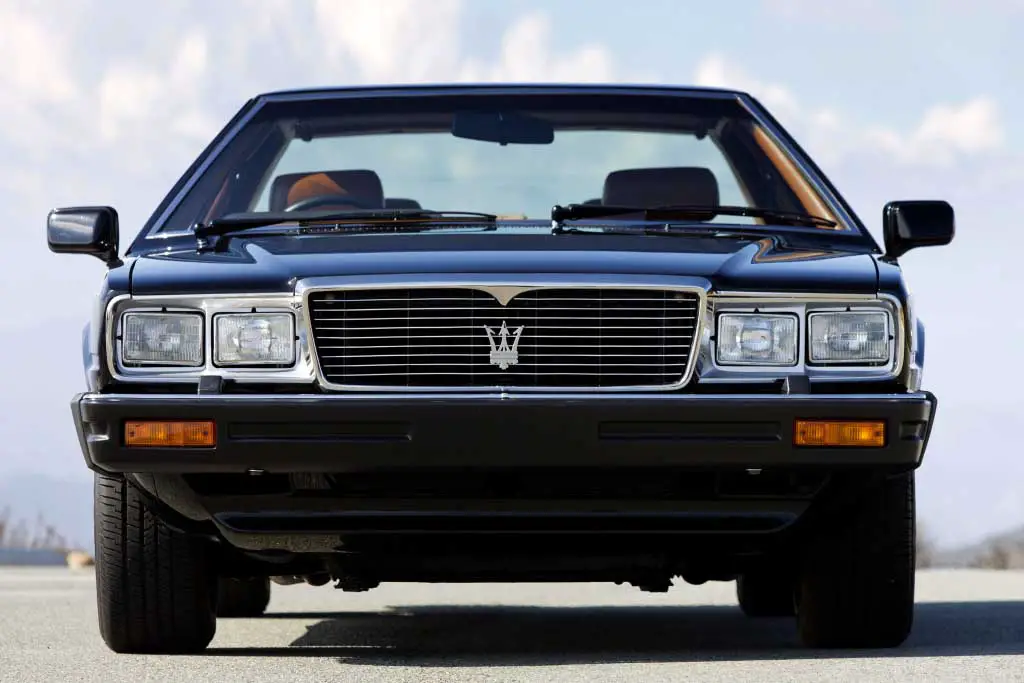
But, at the end of the 1970’s, De Tomaso was looking to revitalize the Maserati four-door and so their third edition of the luxury sedan would appear. This would be an auspicious model for Maserati, as this would be their last fully hand-made vehicle to come out of their Modena factory.
So, as the year rolled into a new decade, let’s take a look at the 1980 Maserati Quattroporte.
Medici to Maserati
Though the first models would go on sale in 1979, the origins of the 1980 Maserati Quattroporte III go back as far as 1974. The famous designer from Italdesign, Giorgetto Giugiaro, would create a concept car that was based from the Maserati Indy. It was a four-door fastback sedan with pop-up lights and was called Medici I.
Thinking he could do better, he would create the Medici II for motor shows, in 1976. He would design something with a more traditional sedan shape and this would be picked up by De Tomaso as the design for the next 4porte.
Old Heritage Under the Hood
The 1980 Maserati Quattroporte III AM330 (giving the car its full title) would go back to its strengths, unlike the ill-conceived Quattroporte II. While its predecessor was hampered by its Citroen, engineering design, the Quattroporte III would be given a V8 engine with rear-wheel drive.
The basic V8 engine block was something that Maserati had been using since 1955. The engine that sat under the luxury sedan hood was the same as the one that powered Fangio to F1 glory in 1957. This is the specialty other brands just don’t have (unless it’s a Ferrari, of course).

The 1980 Maserati Quattroporte specs for the engine were impressive for the era. It came in two sizes, a 4.2 liter and a 4.9 liter. The former would produce 252 bhp at 6,000 rpm and 258 lb-ft of torque at 3,200 rpm. The latter made 276 bhp at 5,600 rpm and 288 lb-ft of torque at 3,000 rpm. The five-speed manual transmission, from ZF, allowed a top speed of 143 mph while Chrysler’s three-speed automatic gearbox only got 139 mph.
The 1980 Maserati Quattroporte was a very big car. Weighing in at around two tons and over 16 feet long, it certainly needed a powerful engine to move it. And with this V8 engine it flew across the asphalt with great handling and responsiveness. While the ventilated disc brakes, behind the 15 inch rims, could bring the sedan to a brisk stop.
High-End Interior
Even taking into consideration the era, when this car came out, its exterior design is very underwhelming. Though Jaguar, Mercedes-Benz and BMW were of a similar ilk, the 1980 Maserati Quattroporte III shares its looks more with the VW Santana or the Audi 5000. Not good when this vehicle was retailing at US$65,000 at the time.

However, what it clearly lacked on the outside, it more than made up for on the inside. The interior was a symphony of sumptuous luxury. The cabin could seat five adults comfortably for short or long journeys. The seats, both front and back, were more akin to executive armchairs than car seats. Which was very good, in terms of passenger comfort, but if the sedan was being pushed more aggressively around corners, then the lack of lateral support soon becomes apparent.

Like a second skin over everything, soft leather encompasses all surfaces. Anything missed is finished off with a beautiful briarwood burl. A thick shag pile carpet lines the floor and the ceiling. Even by today’s standards, the interior is something special.
While the dash is a beautiful combination of leather and wood, the business-end of the interior is a bit disappointing. Rather than an elegant steering wheel in leather and wood, it is a cheap looking plastic example that was ubiquitous to cars of that time period. The instrument panel / gauge cluster looks like it was an afterthought for installation. Instead of the iconic clock, they would install a LCD version that seems to have come from a $1 thrift store. It is not befitting the style of the rest of the interior and, again, looks like most of the other economy vehicles on the road at the time.
Royal Salute
To mark the 60th anniversary of Maserati’s production, they decided to do an upgraded version of the 1980s Maserati Quattroporte. This would be a built-to-order ultra luxurious sedan, known as the Maserati Royale.
The modified 4.9 liter V8 engine could produce 296 bhp at 5,600 rpm and 295 lb-ft of torque and hitting a top speed of 147 mph (though the automatic transmission only made 142 mph).
Exterior differences were minimal, new alloy wheels and silver-colored side sills. The interior was given a revised dash, that included an iconic analog clock, as well as more refinement in the rear. The two rear seats were electrically adjustable with retractable veneer tables attached to each door and a mini-bar.
De Tomaso announced they would make 120 models of the Royale though, in the end, only 53 were ever built and sold. But considering the high price ($180,000 in today’s money) it may not be surprising.
One of a Kind
There would be some special Maserati Quattroporte 1980 models that were one offs.
One was for the President of Italy, Sandro Pertini, who had an armored version of the Quattroporte III made – nicknamed Calliope. Another was a stretch-limo version of the Royale. This sedan was 25.5 inches longer and the interior was awash in white leather and abundant amount of burr walnut. As well as the mini-bar, there was also a video cassette player to keep the rear passengers entertained.
This very special model, built by Salvatore Diomante, was over twice as expensive as the Maserati Royale. In today’s money it would have cost $390,000.

Reviews at the time were all ecstatic on how the luxury sedan performed on the road. despite its large size, it had very good handling, although the Michelin tires would struggle with the weight going around corners at speed.
It would be to be a great success for Maserati and De Tomaso and would go on to sell 2,155 units over its 11 year run. Being the last of its handmade models, it fared pretty well though reliability issues would be troublesome. As each vehicle was put together by hand, it would be no surprise that some were better made than others. But, at least, this was a return to form for Maserati.

